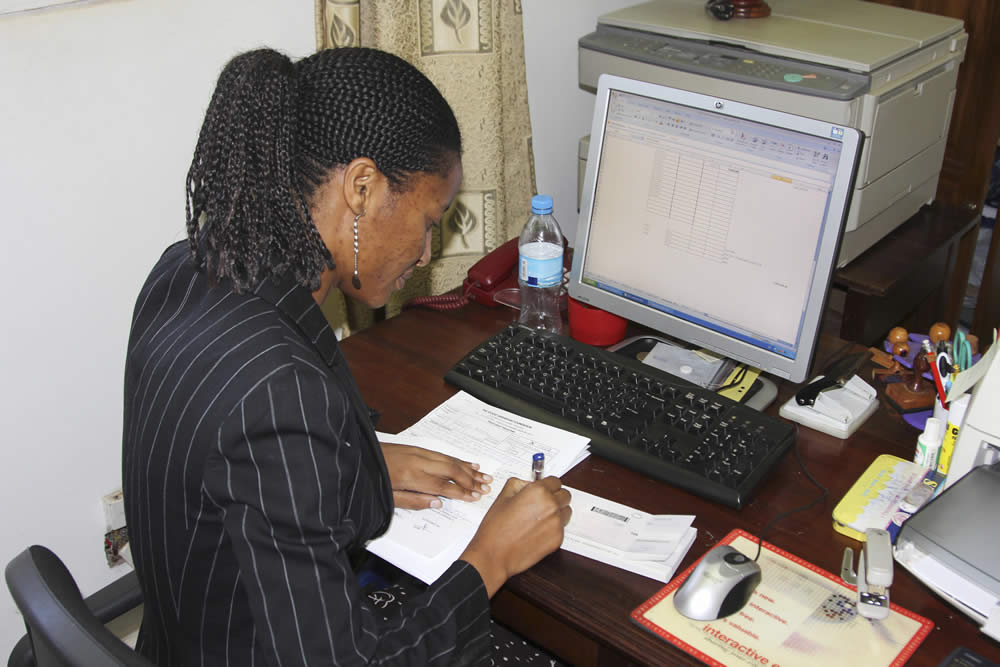Join a powerful, unprecedented alliance for better eye health for all.
Join IAPB-
Choose an alternate language here
On World Day for Safety and Health at Work, Sarah Hecker, Director Media Relations at IAPB Member organisation Prevent Blindness, writes about the important issue of protecting eyes at work and how it helps preserve healthy eyesight for the future.

Image credit: Heiko Philippin, Community Eye Health Journal
Since so much of our time is spent at work, protecting your eyes in an office setting or while on a jobsite, is very important. To help address this, Prevent Blindness, the oldest volunteer eye health and safety group in the United States, provides free information on the dangers of blue light, digital devices and vision, and eye injury prevention in order to promote eye health at work.
There is concern over the long-term effects of screen exposure (from television screens, computer monitors, smart phones, and tablet screens) because of the close proximity of the screens and the length of time spent looking at them, such as during the workday combined with leisure time. Early research shows that too much exposure to blue light could lead to:
Retinal diseases are the main causes of visual impairment in upper-middle- and high-income countries
According to WHO, even though cataracts appear to different degrees in most individuals as they age, sun exposure, in particular exposure to UVB, appears to be a major risk factor for cataract development.
To protect your eyes from blue light exposure, Prevent Blindness recommends:
And, for those who work in an industrial setting, to help prevent an eye injury at work, Prevent Blindness recommends:
Use proper eye protection such as non-prescription and prescription safety glasses, goggles, face shields, welding helmets, or full-face respirators.
To find out more about workplace eye health topics, please visit preventblindness.org.